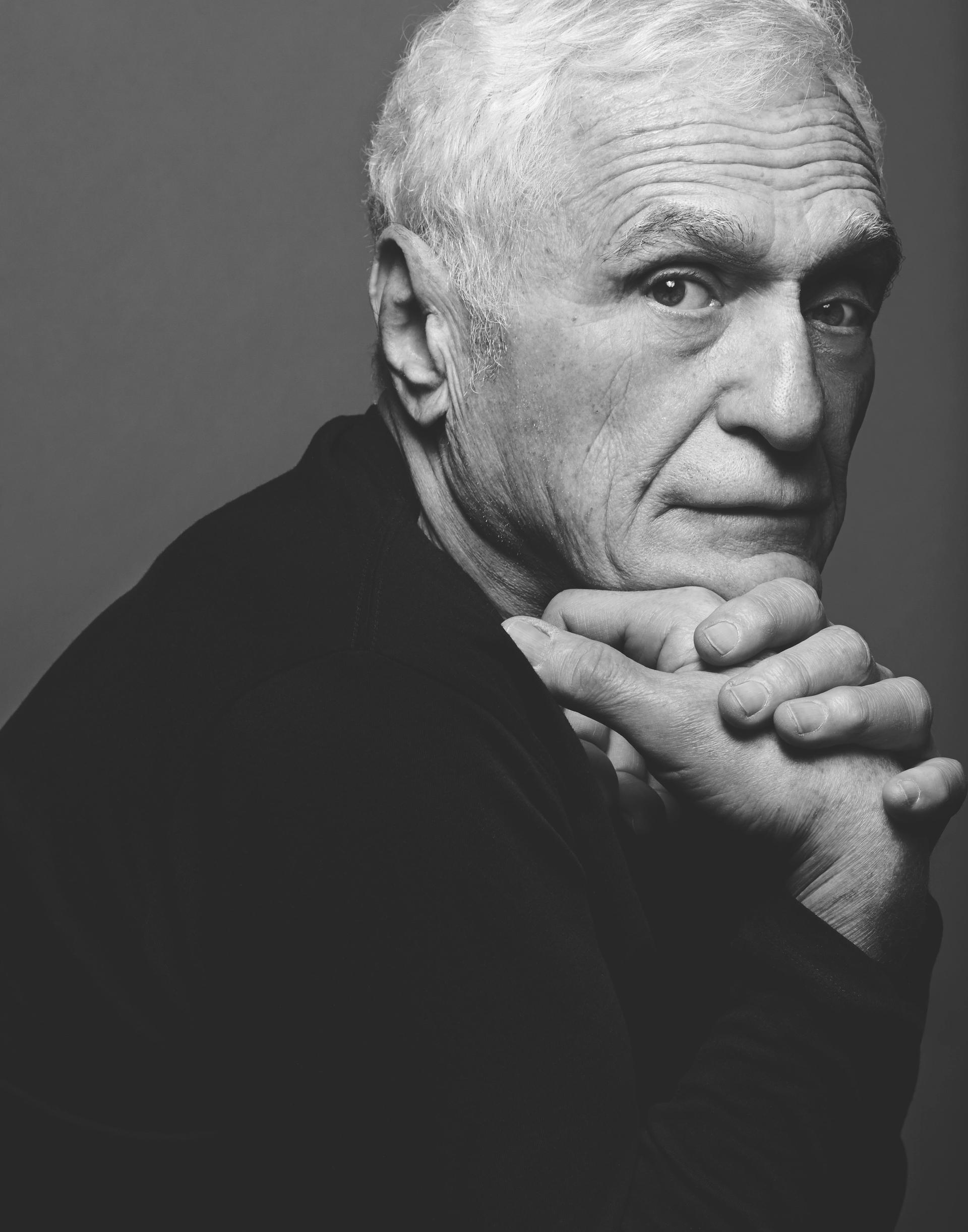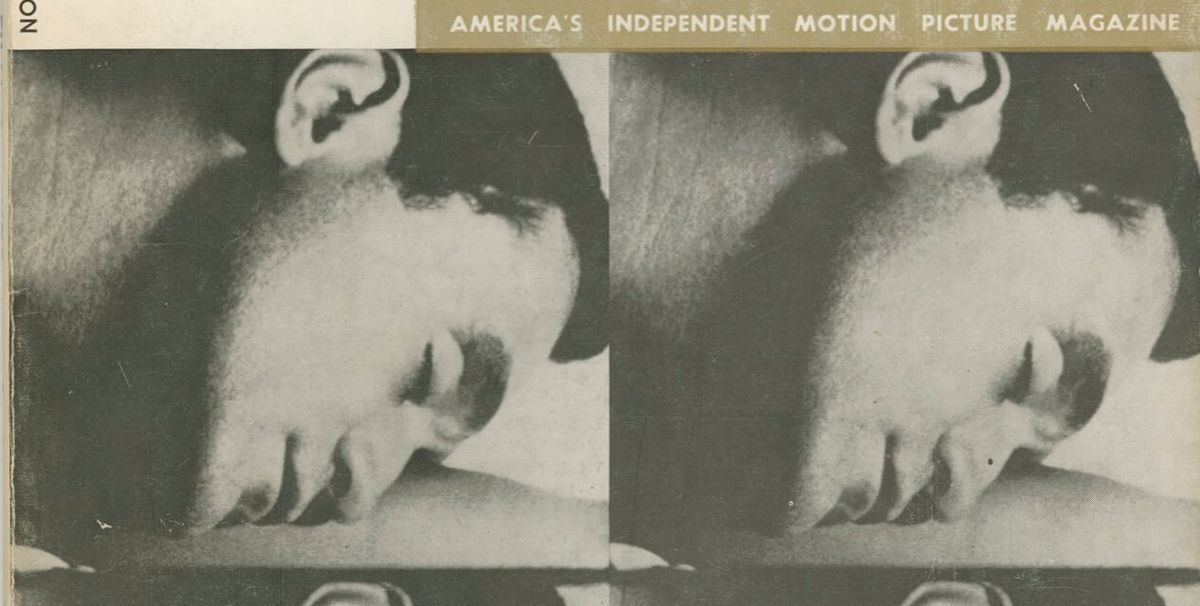The US poet, artist and activist John Giorno died last October, aged 82; thankfully his memoir, Great Demon Kings—25 years in the making—was completed the week before his death. This long-awaited autobiography, published this week by Farrar, Straus and Giroux, is a “memoir of poetry, sex, art, death and enlightenment”; it is also a vivid, graphic and absorbing account of a cultural visionary’s life at the heart of the Lower Manhattan art scene over the past 60 years.
We highlight some takeaways from the new memoir:
1. John and Andy Warhol—his role as the Sleep muse and part in creating the Jackie portrait
Giorno is the naked man reclining in Andy Warhol’s five-hour film Sleep (1963); crucially, the memoir chronicles in part one Giorno’s intense relationship with the Pop artist, describing in depth how the film was made:
Andy paused, turned to me, and said, “Are you ready for your close-up?” “Yes!” I laughed, remembering that he had used the same line in the Times Square photo booth. I gave him a bug hug with my naked body and pressed my soft dick into his leg.
I lay down on the bed, sank into a soft pillow, put an arm up over my head, and closed my eyes. I liked sleeping more than anything else. The movie was Andy’s problem…
There are plenty of other insights into how Giorno fuelled Warhol’s vision. He tells, for instance, of the time when he suggested making a portrait of Jacqueline Kennedy in mourning after watching the funeral of John F. Kennedy on television in November 1963:
In the freezing cold, Jackie led the cortege, followed by heads of state and dignitaries from around the world. “She’s so fabulous,” said Andy. Throughout the afternoon, in the deep sadness, the extraordinary presence of Jacqueline Kennedy was overwhelming. “Andy, you should make a painting of her with the black veil,” I said.
“Oh, I don’t know.” Andy was skeptical, because the image was too new. “That image,” I said, “will be a Pop icon. It’s happening live now; but the image will be an icon. Trust me.” Other people also suggested it to Andy several weeks later, and in early 1964, Andy did the series of paintings Jackie, from newspaper photos of JFK’s assassination and funeral.
2. Robert Rauschenberg and Jasper Johns—the gay issue
Giorno and the late artist Robert Rauschenberg were in a relationship between 1966 and 1968; he and Jasper Johns were also “steady lovers” by October 1968 after his break up with Rauschenberg. There were hitches throughout both affairs:
I used gay images in my poems, which amused Bob [Rauschenberg], but he didn’t use them in his work. I was annoyed by all the gay artists—Bob, Andy Warhol, Jasper Johns, and others—who never allowed themselves to use gay images in their art, because they did not want to ruin their careers or compromise their ability to make money in a homophobic world.
But Rauschenberg did express his love for Giorno, possibly in a coded way, when he designed the cover of Poems by John Giorno, an anthology published in 1967:
The images in Bob’s work were often secret signs and magical messages. Here’s how I interpreted the cover… the parachute and astronaut [depicted], a recurring image in his work, were us in transcendent bliss. Using male nudity and sexuality was a breakthrough for Bob, someone who still had the residue of Texas fundamentalists. The red cover was our secret gay love.
Meanwhile, when Giorno first gets together with Johns at his neoclassical residence on the corner of Houston Street and Avenue A, he notices a number of key works Johns was in the process of creating:
On the studio wall hung a white encaustic painting of the alphabet that Jasper was working on. It was awesome that one of his greatest paintings was being made at that moment. On the far right wall, just before going into the library/daybed room, was a white encaustic painting of the American flag.
3. How Giorno was ahead of his time, melding technology, art and poetry under his non-profit Giorno Poetry Systems
Giorno was constantly experimenting, working on interdisciplinary projects that amalgamate different art forms. In January 1967, he visited the electronic music pioneer Bob Moog in upstate New York; the pair subsequently turned pre-recorded reading of Giorno’s poems into sounds compositions on Moog’s synthesiser:
The musical qualities inherent in the words, the onomatopoeia, was enhanced naturally and magnified musically with buzzes, swoops, whooshes, scrapes, gurgles, screeches, burps, and cackles.
But one of Giorno’s most momentous and important innovations was Dial-a-Poem whereby people could ring a phone number and hear poetry by writers such as Anne Waldman and John Ashbery, as well as civil rights speeches:
With Dial-a-Poem, we transcended [Canadian philosopher] Marshall McLuhan’s “The media is the message.” We were the medium and the message. And the real message was wisdom sound. Over the next years, Dial-a-Poem would usher in a new era of telecommunications, bringing poetry to millions of people.
The service, which launched in late 1968, was revolutionary but the project was nearly scuppered after the mother of a twelve-year-old boy based in Queens took offence at a piece called The Celia Sisters by Jim Carroll, taken from his memoir The Basketball Diaries. But the telephone company buckled and reconnected hundreds of thousands more callers to the service. Giorno singles out his favourite contributor:
In mid-January 1969, Vito Acconci came to 222 Bowery [Giorno’s residence and hive of activity] and I recorded him reading six poems. Vito was the poet I liked the most… His concerns felt similar to mine… We had the freedom of being the sum of, but not of any particular tradition. We and others were the beginning of poetry changing its skin.
4. Meeting Ugo Rondinone—“the beginning of a new life”
In his later years, Giorno underwent something of a renaissance, making his mark with silkscreen text-based canvases on rainbow backgrounds. He credits his husband, the artist Ugo Rondinone—whom he met on 11 March 1998—with this revival:
In the twenty-two years Ugo and I have been together, I have written my best poems, done my best work as a painter and an artist, and found my secure place in the art and poetry worlds.
The pair married on 10 February 2017:
The fact that two men could get married was still for me a bit bewildering. When I was a teenager in the 1950s, two men having sex was a crime, and marriage was a fantasy not an aspiration. When Ugo and I were married, gay people had been doing it for years, and it had become quite ordinary; for me, it was still miraculous.
Last month, the John Giorno foundation was founded in New York, which is dedicated to the preservation and promotion of Giorno’s work. “The foundation exists to help poets, artists, musicians and the Nyingmapa tradition of Tibetan Buddhism for the benefit, in Giorno’s words, ‘of all sentient beings’,” says a statement.

John Giorno Photography by Maru Teppei
• Great Demon Kings, A memoir of poetry, sex, art, death and enlightenment, John Giorno, 368pp, $28.00 (pb)
• Sign up to The Art Newspaper's Book Club newsletter here



